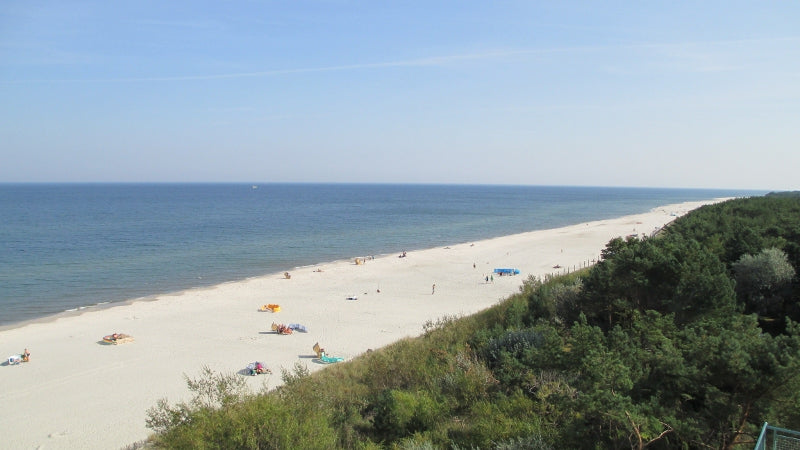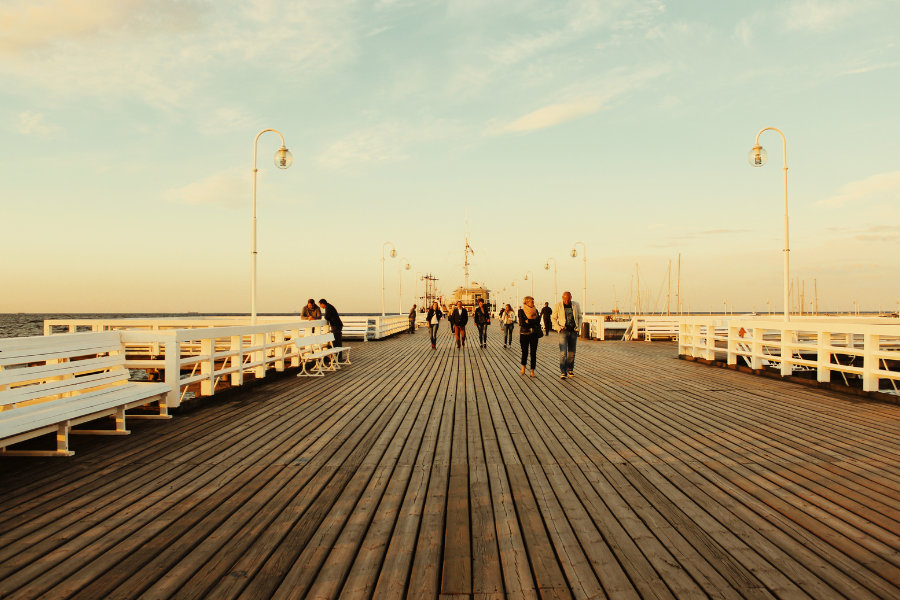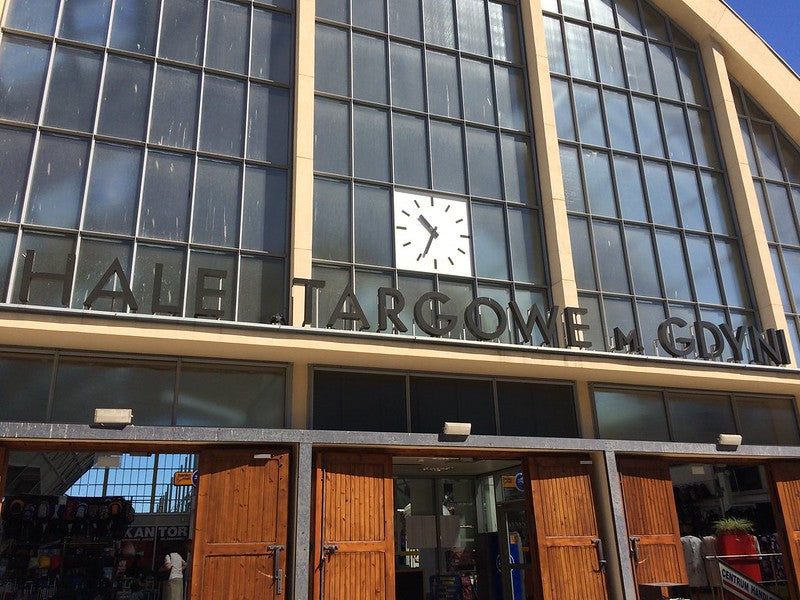Interesting Facts About Poland
Interesting Facts About Poland
Poland is a country in Europe that is known for its rich history, vibrant culture, and beautiful landscapes. While many people may not know much about this fascinating country, there are plenty of interesting and fun facts to discover.
What are some interesting and fun facts about Poland?
Another fun fact about Poland is that it has the biggest castle in the world. The Malbork Castle, located in the city of Malbork, is a stunning example of medieval architecture and is a must-visit for history buffs.

Did you know that Marie Curie, the first woman to win a Nobel Prize, was born in Poland? Born Maria Sklodowska, Curie's groundbreaking work in the field of radioactivity has left a lasting impact on the scientific community.
Poland is home to 16 UNESCO World Heritage Sites
Poland is home to 16 world heritage sites, which is an impressive number for a country of its size.
-
Historic Center of Krakow: This site includes the Old Town and Wawel Castle in Krakow, known for their historical and architectural significance.
-
Historic Center of Warsaw: Warsaw's Old Town, which was meticulously reconstructed after World War II, is a testament to the city's rich history.
-
Auschwitz-Birkenau Concentration Camp: A place of remembrance and reflection, this historic site serves as a poignant testament to the resilience of humanity in the face of tragedy, offering visitors an opportunity to honor the memory of those affected by the Holocaust.
-
Białowieża Forest: A majestic sanctuary of unparalleled natural beauty, the Białowieża Forest stands as a testament to the rich biodiversity and ancient heritage of Europe. As one of the last remaining fragments of primeval forest on the continent, it serves as a vital refuge for the European bison and countless other species. Recognized as a UNESCO World Heritage Site in both Poland and Belarus, it holds a cherished place in the hearts of nature enthusiasts and conservationists worldwide.
-
Wieliczka and Bochnia Royal Salt Mines: These salt mines, including the Wieliczka Salt Mine mentioned earlier, showcase the history of salt mining and feature underground chambers and sculptures.

-
Historic Center of Krakow - Extension: This extension includes areas beyond the Old Town, further contributing to the city's historical significance.
-
Belovezhskaya Pushcha/Białowieża Forest - Extension: An extension of the Białowieża Forest site, shared with Belarus, to protect its unique ecosystem.
-
Wooden Churches of Southern Małopolska: This site consists of several wooden churches that represent the architectural and artistic heritage of the region.
-
Historic Center of Warsaw - Extension: This extension includes areas outside the Old Town, emphasizing the city's historic value.
-
Medieval Town of Toruń: Toruń is known for its well-preserved medieval architecture and as the birthplace of Nicolaus Copernicus.
-
Castle of the Teutonic Order in Malbork: This massive brick castle is the largest castle in the world and a testament to the Teutonic Knights' medieval power.
-
Kalwaria Zebrzydowska: Kalwaria Zebrzydowska beckons visitors with its harmonious blend of Mannerist architectural elegance and picturesque park landscapes. This revered religious complex not only boasts exquisite Mannerist designs but also encompasses a serene pilgrimage park, inviting pilgrims and travelers alike to experience moments of spiritual contemplation and tranquility amidst its scenic surroundings.
-
Churches of Peace in Jawor and Świdnica: These wooden churches are remarkable for their Baroque style and the fact that they were built during the European wars of religion.
-
Wooden Tserkvas of the Carpathian Region in Poland and Ukraine: This joint UNESCO site includes wooden churches built by the Ukrainian and Lemko communities.
-
Muskauer Park / Park Mużakowski: This transboundary cultural landscape park is shared with Germany and is known for its 19th-century design and architecture.
-
Historic Mining Settlement of Tarnowskie Góry: This site showcases the history of silver, lead, and zinc mining and includes underground tunnels and water management systems.
These UNESCO World Heritage Sites in Poland encompass a wide range of cultural, historical, and natural treasures, reflecting the country's rich heritage and significance in various fields.
What are some unique traditions in Poland?
Besides birthdays, Poland also embraces name days. These are special occasions dedicated to celebrating individuals' names. It's customary to receive warm greetings and thoughtful gifts on your name day, adding to the richness of Polish culture and making it a cherished celebration for many.
Vodka is a popular drink in Poland, and it is safe to say that the country has perfected the art of vodka production. Polish vodka is known for its high quality and smooth taste, and it is often enjoyed during special occasions or social gatherings.
Polish people have a strong cultural heritage, and this is reflected in their traditions and customs. Polish cuisine, for example, is known for its hearty and flavorful dishes such as pierogi, bigos, and kielbasa. These traditional dishes are loved not only by Poles but also by food enthusiasts around the world.
What are some famous landmarks in Poland?
When it comes to famous landmarks, Warsaw, the capital of Poland, is known for its beautiful old town. The historic center of Warsaw was almost entirely destroyed during World War II but has been meticulously reconstructed to its former glory. Walking through the narrow cobblestone streets and admiring the colorful facades is like stepping back in time.
The Wieliczka Salt Mine is another UNESCO World Heritage Site in Poland that deserves a mention. Located near Krakow, this underground marvel is a stunning example of human ingenuity and engineering. Visitors can explore the intricate salt carvings, underground lakes, and even attend concerts in the mine's unique underground chambers.
Last but not least, the Malbork Castle is the largest brick castle in the world. Built in the 13th century by the Teutonic Knights, this impressive fortress is a testament to the medieval history of the region. Exploring its grand halls and towering walls is like stepping back in time and immersing oneself in a bygone era.
Who are some notable Polish figures?
Poland has been home to many notable figures who have made significant contributions to their respective fields. Pope John Paul II, the former Pope, was born in Poland and became one of the most influential religious figures of the 20th century.
Nicolaus Copernicus, the brilliant astronomer credited with formulating the heliocentric theory, hailed from Polish ancestry. His groundbreaking contributions reshaped the landscape of astronomy, laying down the bedrock for modern celestial studies and revolutionizing our perception of the cosmos for generations to come.
Fryderyk Chopin, one of the most famous composers and pianists in history, was born in Poland. His beautiful and emotive music continues to captivate audiences around the world, cementing his legacy as one of the greatest musicians of all time.

Notable Polish Historic Figures
Jan III Sobieski, a Polish king, played a crucial role in the 1683 Battle of Vienna, defeating the Ottoman Empire and saving Europe from invasion.
Tadeusz Kościuszko, a military engineer, and leader of the Kościuszko Uprising, is a national hero in Poland and the United States.
What are some interesting historical events related to Poland?
Poland's constitution of 1791 holds a significant place in history as it was the first modern written constitution in Europe and the second in the world. This landmark document established fundamental rights and freedoms for Polish citizens and served as an inspiration for future constitutions around the world.
During World War II, Poland was occupied by the Nazis, and this period in history had a profound impact on the country and its people. The Warsaw Ghetto Uprising, in which the Jewish population in Warsaw resisted the Nazis, remains a symbol of bravery and defiance in the face of oppression.
It is also worth mentioning that Poland is home to the oldest restaurant in Europe. Piwnica Swidnicka, located in Wroclaw, has been serving customers since 1273 and is a testament to the country's long-standing culinary traditions.
In conclusion, Poland is a country rich in history, culture, and natural beauty. From its impressive world heritage sites to its famous landmarks and notable figures, there are plenty of interesting and fun facts to discover about this fascinating country. Whether you're intrigued by its unique traditions, intrigued by its historical events, or simply want to explore its vibrant cities and stunning landscapes, Poland has something to offer everyone.





There is a restaurant in Austria that claims to be the oldest in Europe (600 AD)?. I don’t remember the name of the town but I can accurately describe where it is. From the movie Sound of Music, it is very near to the church where the wedding took place. Facing the front of the church it is to the right side ( in that area). I remember this place because the food tasted like it was from the 600s. I was in Austria February 1989 we were on a Sound of Music tour.
I’m from England But fell in love with Poland Been so many times , love zacopani , going again in dec
Leave a comment